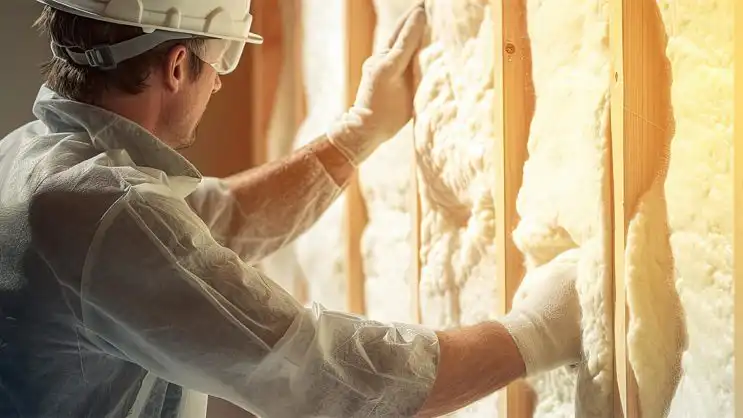In a modern construction industry where urban density and safety regulations are at an all-time high, fire-resistant drywall is quickly becoming essential in building design. This specialized drywall, designed to contain and prevent the spread of fire, doesn’t just meet regulatory demands—it actively enhances occupant safety, minimizes property damage, and helps construction firms uphold high safety standards. Here, we’ll explore recent advancements in fire-resistant drywall and its critical applications in modern commercial and industrial projects.
So, What Exactly Is Fire-Resistant Drywall?
Unlike standard drywall, it incorporates fire-resistant materials such as fiberglass and a denser gypsum core, which together make it more durable under extreme heat. Fire-resistant drywall often comes with fire ratings (such as UL or ASTM-rated materials) that indicate its ability to withstand flames for specific periods, typically 45, 60, or 90 minutes. These ratings are essential for commercial construction, ensuring compliance with building codes and contributing significantly to overall building safety.
These new high-density gypsum products and improved core technologies offer enhanced fire protection without increasing material weight–innovations that allow builders to achieve fire ratings with fewer layers, reducing both material costs and installation time.
Additionally, fire-resistant drywall installations have been streamlined thanks to digital design tools like Building Information Modeling (BIM), which now allow contractors to create precise fire-resistant wall assemblies, reducing errors and improving material planning. By integrating BIM into fire-resistant drywall projects, we can offer clients increased accuracy, efficiency, and confidence that their buildings meet stringent safety codes.
Key Applications of Fire-Resistant Drywall in Modern Buildings
Fire-resistant drywall is used extensively across commercial, residential, and critical infrastructure projects:
- Commercial and Industrial Spaces: In offices, factories, and warehouses, fire-resistant drywall is installed in stairwells, elevator shafts, and utility rooms to contain potential fire hazards.
- Multi-Unit Residential Buildings: Apartment complexes, hotels, and dormitories rely on fire-resistant drywall to compartmentalize units, preventing fires from spreading between living spaces.
- Critical Infrastructure: Hospitals, airports, and data centers use fire-resistant drywall to protect vital areas, ensuring safety and continuity of essential services.
By utilizing fire-resistant drywall, builders can effectively protect occupants and preserve the structural integrity of the building, even in the event of a fire.
Partner with Curtis Partition for Fire-Safe Construction Solutions
At Curtis Partition, we prioritize safety and innovation in every project. As industry leaders with decades of experience, we stay ahead of technological advancements in fire-resistant drywall and integrate them seamlessly into our projects. If you’re looking to enhance safety, achieve code compliance, and deliver high-quality results, contact Curtis Partition today to discuss how we can bring expert solutions to your next project.
By choosing Curtis Partition, you’re not only choosing a construction partner—you’re investing in the safety and resilience of your building. Let’s work together to make every project safer for everyone involved.

